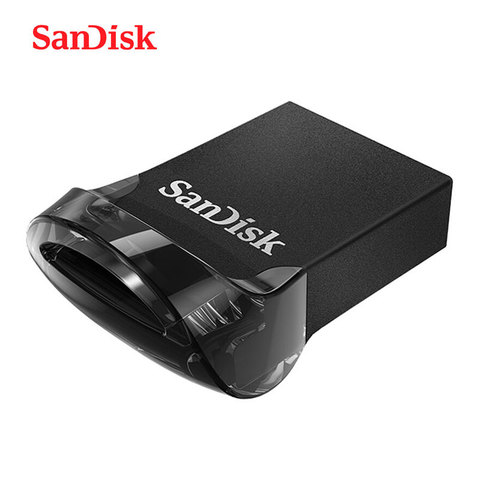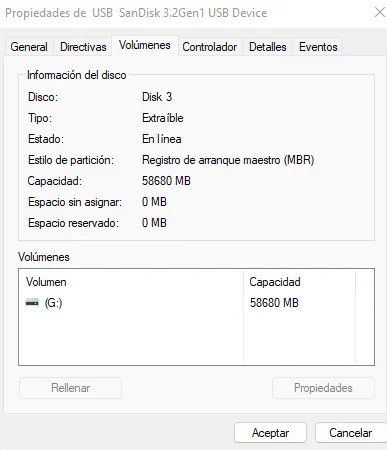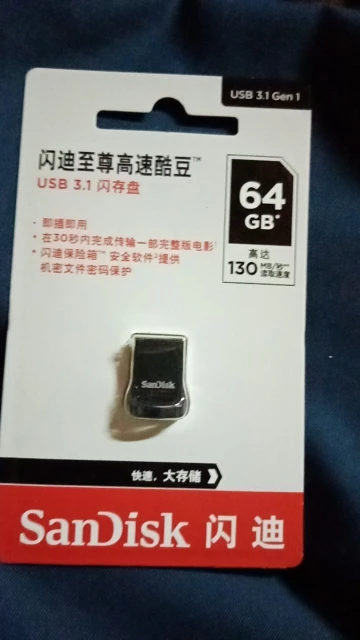SanDisk CZ430 USB 3.1 USB Flash Drive 64GB Mini Pen Drive 128GB Pendrive 32GB Memory USB Stick 256GB Storage Device U Disk 16GB
Price history
- for 3 month
- for half a year
- Requires Alitools extension
Price drop notification
This item is from other sellers
Similar Products
Customer Reviews
(-) The plastic that goes inside the USB connector looks somewhat fragile. Already scratches after inserting it 6 or 7 times. (+) With two different PCs equipped with a SuperSpeed USB port, I used the Ubuntu F3 and Windows H2testw applications to check the real capacity and the data transfer speed. 1. The real capacity is 114.58Gb, as detected by the computer, which is 89.5% of the advertised capacity. What is correct without more. 2. Regarding the transfer speed F3 gives me a throughput of 17.32 MB/s in writing and 86.15 MB/s in reading. Compared to USB 3.0 (6.19 MB/s - 1.45 GB/s) and USB 2.0 (3.77 MB/s - 37.95 MB/s) other old sticks I have. 3. H2testw indicates an average transfer writing - reading speed of 24.8 MB/s - 81.4 MB/s (USB 3.1) vs 8.59 MB/s - 46.7 MB/s (USB 3.0) vs 3.72 MB/s - 35.2 MB/s (USB 2.0). Which is good for writing and not too bad for reading. In short, an interesting key to data storage.
(-) The plastic that goes inside the USB connector looks somewhat fragile. Already scratches after inserting it 6 or 7 times. (+) With two different PCs equipped with a SuperSpeed USB port, I used the Ubuntu F3 and Windows H2testw applications to check the real capacity and the data transfer speed. 1. The real capacity is 114.58Gb, as detected by the computer, which is 89.5% of the advertised capacity. What is correct without more. 2. Regarding the transfer speed F3 gives me a throughput of 17.32 MB/s in writing and 86.15 MB/s in reading. Compared to USB 3.0 (6.19 MB/s - 1.45 GB/s) and USB 2.0 (3.77 MB/s - 37.95 MB/s) other old sticks I have. 3. H2testw indicates an average transfer writing - reading speed of 24.8 MB/s - 81.4 MB/s (USB 3.1) vs 8.59 MB/s - 46.7 MB/s (USB 3.0) vs 3.72 MB/s - 35.2 MB/s (USB 2.0). Which is good for writing and not too bad for reading. In short, an interesting key to data storage.

















